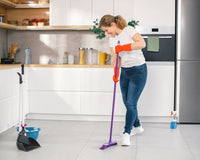Understanding the shelf life of diapers is crucial for parents and caregivers. Many factors can influence how long diapers remain effective and safe for use, from the type of materials used to storage conditions. Diapers are not just another disposable item; they play a vital role in keeping your baby comfortable and dry, making it essential to know how long diapers are good for.
Manufacturers typically provide a general guideline that diapers can last for about 2-3 years when stored properly. However, this time frame can vary based on the brand and the specific materials used in the diaper's construction. For example, diapers with elastic components may degrade faster than those without.
Factors such as exposure to heat, humidity, and direct sunlight can significantly impact the diaper's longevity. Improper storage can lead to issues like weakened adhesive tabs, reduced absorbency, and even changes in the diaper's structural integrity.
At Cart Health, we understand the importance of ensuring that your baby's diapers are in optimal condition. If you need high-quality diapers or have any specific requirements, join the Cart Health family for convenient online shopping and doorstep delivery!
Factors Affecting Diaper Longevity
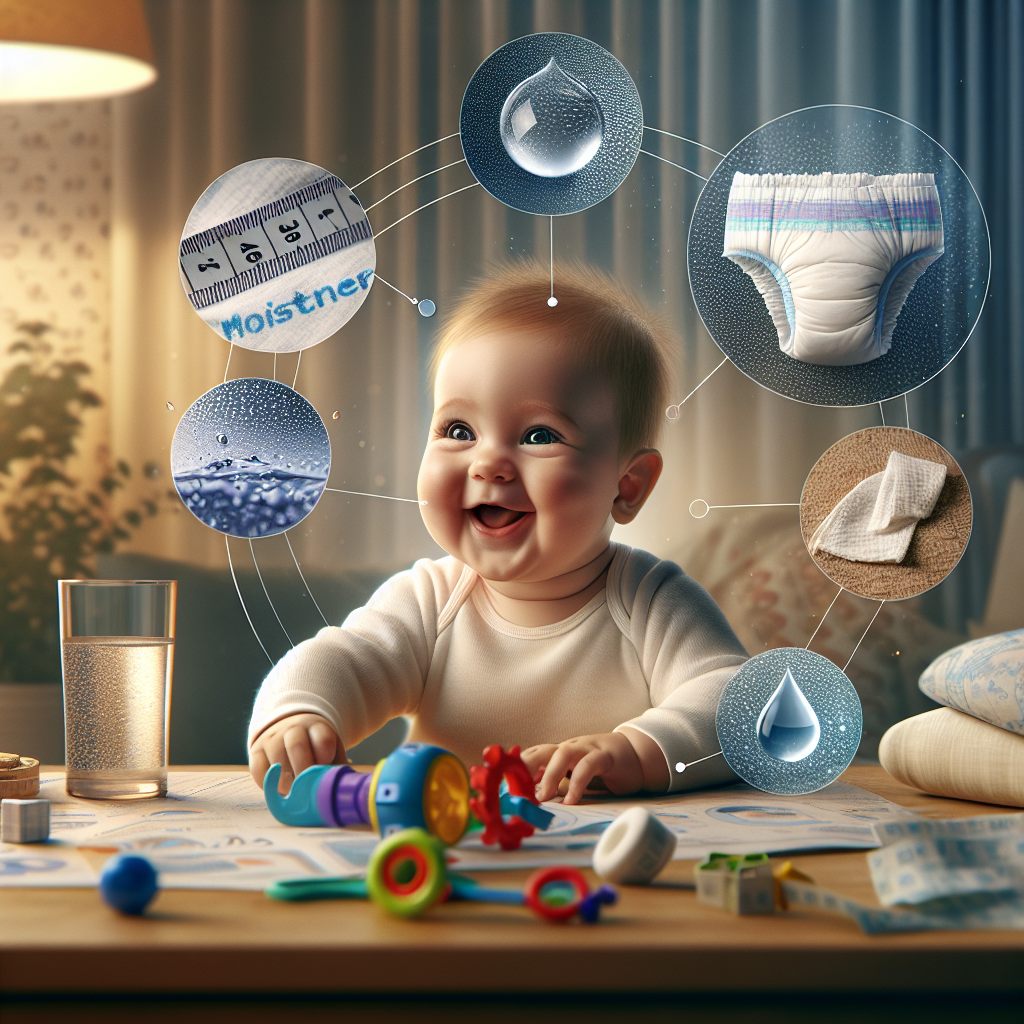
Several factors can significantly impact the longevity of diapers, making it essential to consider these elements for optimal use. One of the primary factors is the material quality. Diapers made from high-quality materials tend to last longer compared to those made from inferior components. Elasticity and adhesive strength are particularly crucial; over time, these elements can degrade, affecting the diaper's performance.
Storage conditions play a vital role in maintaining diaper longevity. Diapers should be stored in a cool, dry place away from direct sunlight. Exposure to heat and humidity can weaken the adhesive tabs and elastic components, reducing the diaper's effectiveness. It's advisable to keep diapers in their original packaging until they are ready to be used to provide an extra layer of protection against environmental factors.
Additionally, the manufacturing date is an essential consideration. While diapers don't have an official expiration date, those manufactured more recently are likely to perform better. Over time, the materials in older diapers can break down, leading to reduced absorbency and overall efficacy.
Lastly, handling practices can also affect diaper longevity. Rough handling or frequent opening and closing of diaper packages can introduce contaminants or damage the diapers, impacting their usability. By being mindful of these factors, you can ensure that your diapers remain in the best possible condition for as long as possible.
Understanding Diaper Expiration Dates
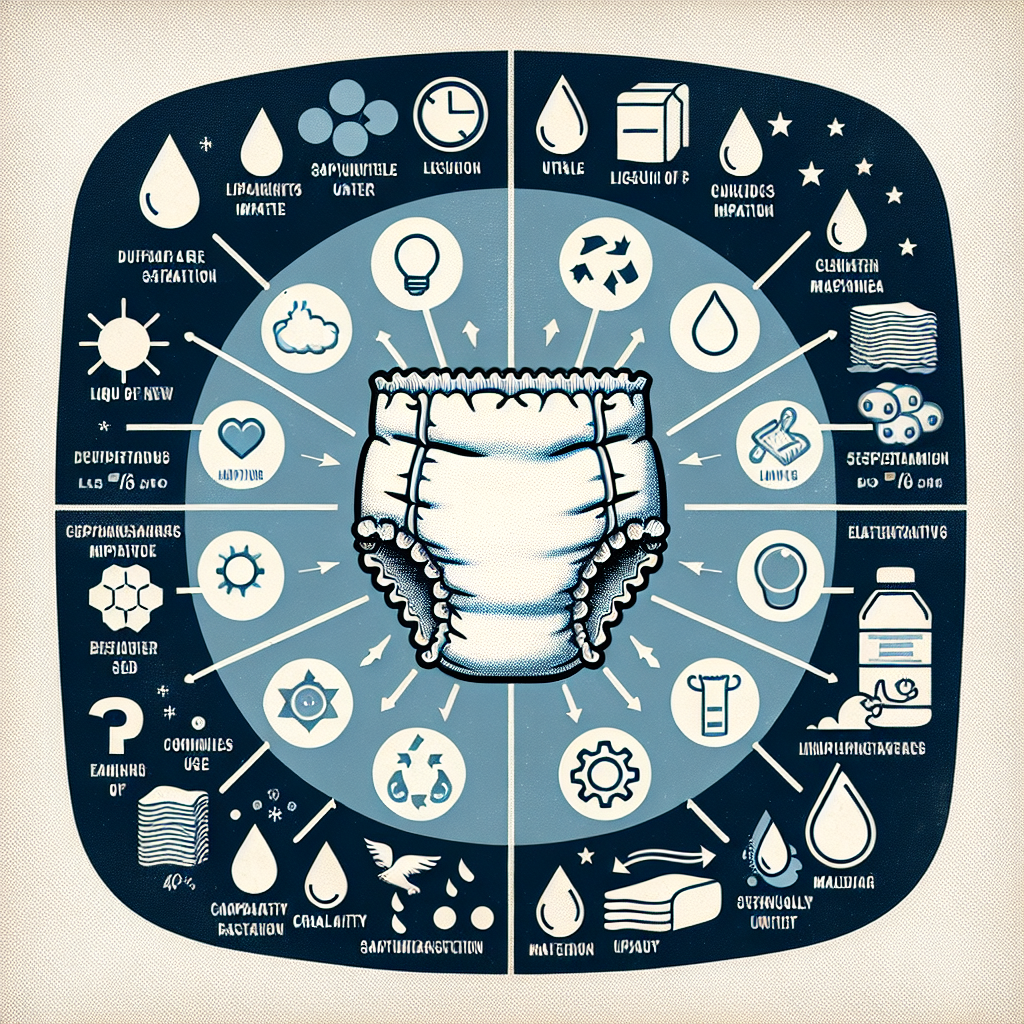
Many parents and caregivers wonder about the topic of diaper expiration dates. It's important to note that diapers do not have a formal expiration date like food products. However, manufacturers often provide a shelf life estimate, usually around 2-3 years from the production date, to guarantee optimal performance.
Understanding the importance of production dates can help in making informed choices. The production date is typically marked on the packaging, and it indicates when the diaper was manufactured. Over time, certain components such as the elastic waistbands and adhesive tabs may degrade, affecting the diaper's functionality. While an unopened package of diapers can last for years, the performance may not be at its peak after the recommended shelf life.
It's also essential to be aware of how various materials within the diaper respond to aging. For instance, the absorbent core may become less effective at retaining moisture, leading to potential leaks. Also, the outer layer might become less flexible, causing discomfort for the baby. These changes are gradual, but they can impact the overall experience of using the diaper.
To ensure you're using diapers that are as effective as possible, always check the production date and aim to use them within the recommended timeframe. This practice not only ensures better performance but also provides peace of mind knowing that the diaper is functioning as intended. By staying informed about these aspects, you can better manage your diaper stock and ensure your baby remains comfortable and dry.
Signs a Diaper Has Gone Bad
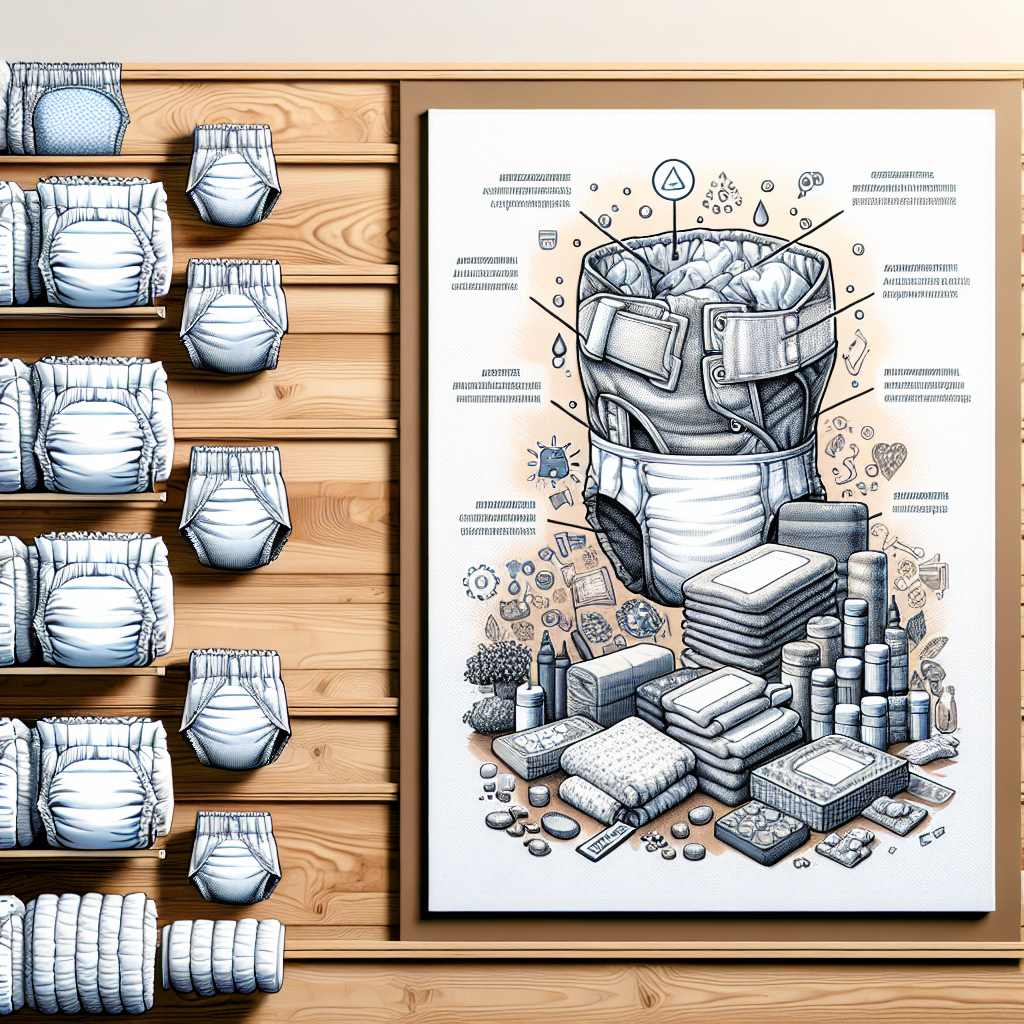
While diapers don't have an official expiration date, there are several key indicators that they may no longer be effective. Recognizing these signs can help you avoid potential issues and ensure your baby remains comfortable.
One of the first signs a diaper has gone bad is a noticeable change in its appearance. The diaper may look yellowed or discolored, which suggests that the materials have started to degrade. Additionally, if the adhesive tabs or elastic bands appear brittle or less stretchy, this is a clear indication that the diaper's components are breaking down.
Another indicator is a change in the diaper's texture. If the outer layer feels rough or the inner padding seems clumpy or uneven, this can affect the diaper's performance. Such changes can lead to discomfort for the baby and increase the risk of leaks.
Pay attention to any unusual odors emanating from the diaper. A stale or chemical smell can indicate that the diaper has been stored improperly or for too long. Even if the diaper looks fine, an off-putting smell is a sign that it's time to replace it.
Another telltale sign is a decline in absorbency. If you notice that the diaper is not holding moisture as effectively as it should, leading to frequent leaks or wetness, it's likely past its prime. This can be particularly problematic for overnight use, when a reliable diaper is crucial.
Being aware of these signs helps ensure that your baby receives the best possible care. Regularly checking the condition of your diaper stock and replacing any that show these signs can help maintain your baby’s comfort and hygiene.
Proper Storage Tips for Diapers
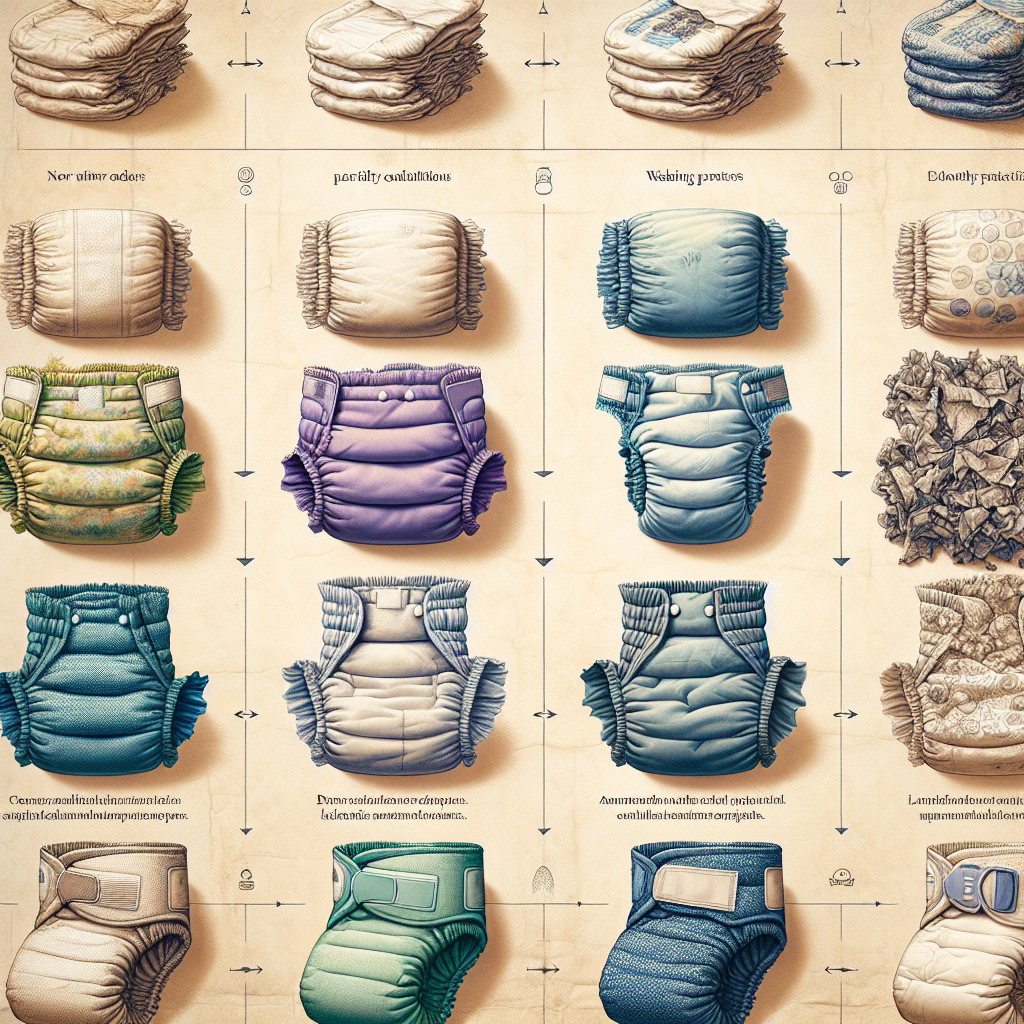
Proper storage is essential for maintaining the quality and effectiveness of diapers over time. By following a few simple guidelines, you can ensure that your diapers remain in optimal condition and are ready for use whenever you need them.
First and foremost, store diapers in a cool, dry place. Exposure to excessive heat or humidity can cause the materials in the diapers to break down more quickly. A closet or a dedicated storage bin in a temperature-controlled room is an ideal location.
Avoid storing diapers in areas that are subject to extreme temperatures, such as attics, garages, or cars. These environments can lead to the degradation of the diaper's adhesive and elastic components, making them less effective and less comfortable for your baby.
It is also important to keep the diapers in their original packaging until you are ready to use them. The packaging is designed to protect the diapers from dust, moisture, and other environmental factors that could compromise their quality. If you need to remove diapers from their packaging, consider using a sealed plastic container to keep them protected.
Avoid stacking heavy objects on top of your diaper packs. This can cause the diapers to become misshapen or damaged, affecting their fit and performance. Instead, store them in a way that allows easy access without compressing them.
Lastly, if you have multiple sizes or brands of diapers, it's a good idea to rotate your stock. Use the older diapers first to ensure that none are kept for too long and potentially become less effective. This practice helps maintain a fresh supply of diapers at all times.
By implementing these storage tips, you can extend the shelf life of your diapers and ensure that they remain in top condition, providing reliable performance and comfort for your baby.
Frequently Asked Questions About Diaper Shelf Life
When it comes to diaper shelf life, many parents have questions. Here are some of the most frequently asked questions to help you better understand how to manage your diaper supply effectively.
1. How long are diapers good for?
Diapers typically last for about 2-3 years when stored properly. However, it's always best to check the manufacturer's recommendations on the packaging for the most accurate information.
2. Can expired diapers still be used?
While expired diapers may not pose a health risk, their performance might be compromised. The adhesive tabs may not stick as well, and the absorbent materials might not be as effective. It's generally recommended to use diapers before their expiration date for optimal performance.
3. What factors can affect the shelf life of diapers?
Several factors can affect diaper shelf life, including exposure to heat, humidity, and direct sunlight. Proper storage in a cool, dry place can help extend their usability.
4. Is there a way to test if a diaper is still good?
If you're unsure whether a diaper is still good, examine the adhesive tabs and the elastic around the legs. If these components seem compromised, it might be best to use a fresher diaper. Additionally, a visual inspection for any discoloration or unusual odors can help determine if the diaper has deteriorated.
5. Can I store different brands of diapers together?
Yes, you can store different brands of diapers together as long as they are kept in appropriate conditions. Just ensure that each pack is properly sealed to protect against environmental factors.
By understanding these common questions and answers, you can better manage your diaper supply and ensure that your baby always has the best protection and comfort. Order online here for convenient shopping and doorstep delivery!





